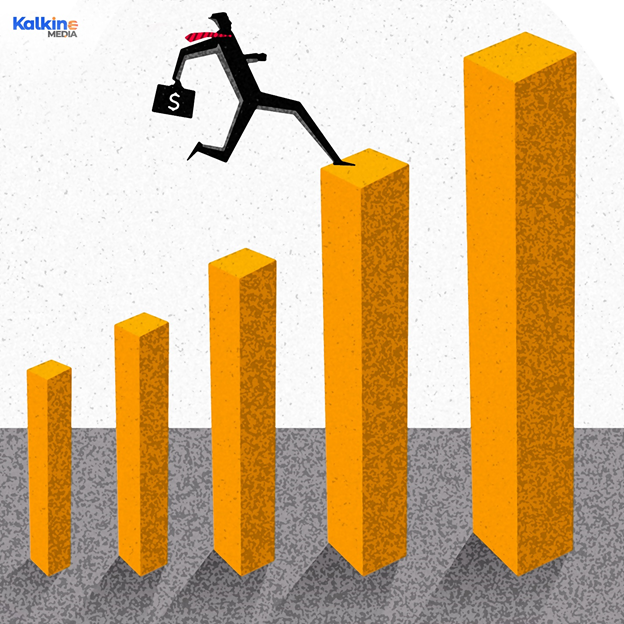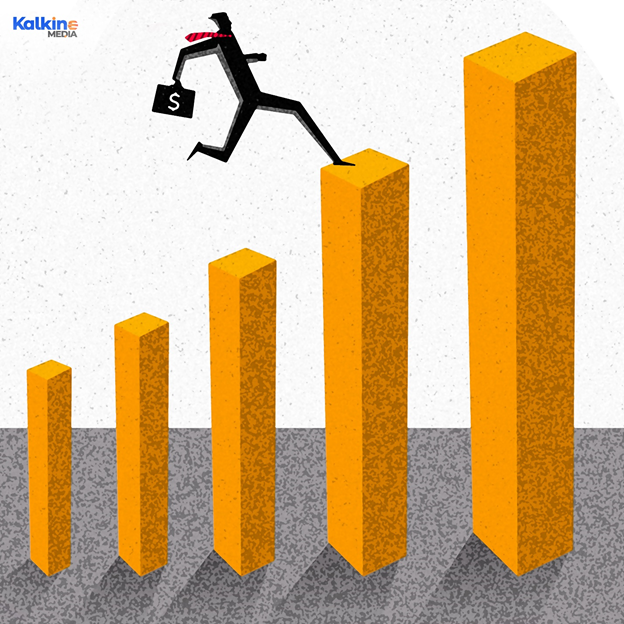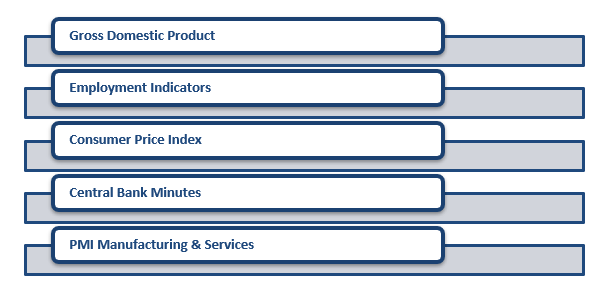What is an Economic Indicator?
An economic indicator refers to key stats of economic data primarily of macroeconomic scale that is used by investors and analysts to analyze and interpret present or upcoming investment possibilities and the overall condition of an economy.
What do you mean by market indicator?
Summary
- Economic indicators define all variables that provide details including figures and facts of an economy.
- Economic indicators helps investor to take their investment as it helps in predicting upcoming possibilities of investment.
- Economic indicators help investors and analysts to understand the health of an economy whether the economy headed in good direction or not.
Source: Copyright © 2021 Kalkine Media
Understanding Economic Indicator
Economic indicators define all variables that provide details including figures and facts of an economy. These indicators help investors and analysts to understand the health of an economy whether the economy headed in good direction or not. The health of an economy affects the decision process of an investor. These indicators help investors in taking investment decision, when to purchase and sell investment.
An economic indicator gives an idea about the flow of market in an economy. For instance, in stock market, an investor always prefer to sell its stocks at the time of peak and prefer to purchase at the time of low market at will be expected to rise.
Economic indicator helps to understand the various financial factors that show the flow of the market of the economy. Economic indicators may categorise and divided into various types, that provides information which helps investors in preparing and planning their investments.

Frequently Asked Questions (FAQs)
What are the different types of economic indicator?
An economic indicator is classified and divided into three groups including:

Source: Copyright © 2021 Kalkine Media
- Leading indicators
Leading indicators refers to the indicators that show the upcoming changes in an economy. Leading indicators are very helpful for the short-term forecasting of economic developments as they generally change prior to changes of economy such as net business formations, yield curve, share prices, and consumer durables. Leading indicators are used to forecast the future changes of an economy. Information of these indicators is taken as a pinch of salt because it can be incorrect.
- Lagging indicators
Lagging indicators refers to the indicator that indicates the changes of economy based on the patterns. In lagging indicators, prediction of the changes are generally based on the specific patterns that usually follow after the changes of economy. The Lagging indicators are not used by the investors and analysts to directly predict the changes of an economy, it include unemployment rates, gross national product, Consumer Price Index (CPI), are taken into consideration if a confirm specific activity occurs in an economy. Lagging indicator presents the data after the affair has happened.
- Coincident indicators
Coincident indicators refers to the indicators that gives information about the current situation of an economy within a specific area because it indicates the present situation of the economy, it include gross domestic product, retail sales and employment levels. Coincident indicators represent the information of an activity of given area or region. Coincident indicators define as the real-time data and mainly used by the economists and policymakers.

What are the top economic indicators for global investors?
There are several economic indicators that are used by the analyst, investors, and economists. Here, are some top economic indicators given below:

Source: Copyright © 2021 Kalkine Media
- Gross Domestic Product
Gross domestic product (GDP) shows the market value of all final products and services produced in a country during a specific period of time. Gross domestic product (GDP) is one of the most viewed indicators by financial markets. The increasing gross domestic product of a country represents a growing economy of a country and vice versa. A gross domestic product rate of a country is used to determine the level of growth and sovereign debt of the economy.
- Employment Indicators
Employment indicator represents the wealth and productivity of the economy of a country; it is a determiner of a health of an economy. The employment indicator includes payroll, unemployment rate, labor force and employment rate and their growth in terms of pay scale. The financial markets mainly look after employment indicators of developing countries as most of income is generated through the spending of domestic consumers. A fall in employment indicates the decreasing consumer spending that affect gross domestic product and the growth of an economy.
- Consumer Price Index
Consumer Price Index (CPI) refers to an index that measures the changes of the prices of consumer products and services that are bought by households. CPI is estimated based on the statistical data such as prices of a collected representative sample item during a period. Most of times, it is used as a measure of inflation of an economy. It is used by the by financial markets for an indication of inflation. A rise in inflation indicates high interest rates that leads the reduction in lending while deflation indicates lower interest rates that leads rise in lending.
- Central Bank Minutes
Central banks form monetary policy to control the flow of money in an economy of a country. Financial markets keep their eyes on the monetary policy and on every announcement of central bank of a country for getting the clues about the future. Central bank minutes refer as a formal releases that can indicates future policy action.
- PMI Manufacturing & Services
In PMI Manufacturing & Services, PMI stands for Purchasing Manager's Index. It is an economic indicator of economic trends of manufacturing and service sectors. The index is developed by the Institute for Supply Management and Markit Group. The index is derived based on the monthly surveys of different companies of manufacturing and service sectors. The financial markets keep an eye on PMI Manufacturing & Services indices. If companies stop buying raw materials at the time of high demand that indicates the problem in an economy of a country even before retail sales report or consumer spending report.
 Please wait processing your request...
Please wait processing your request...